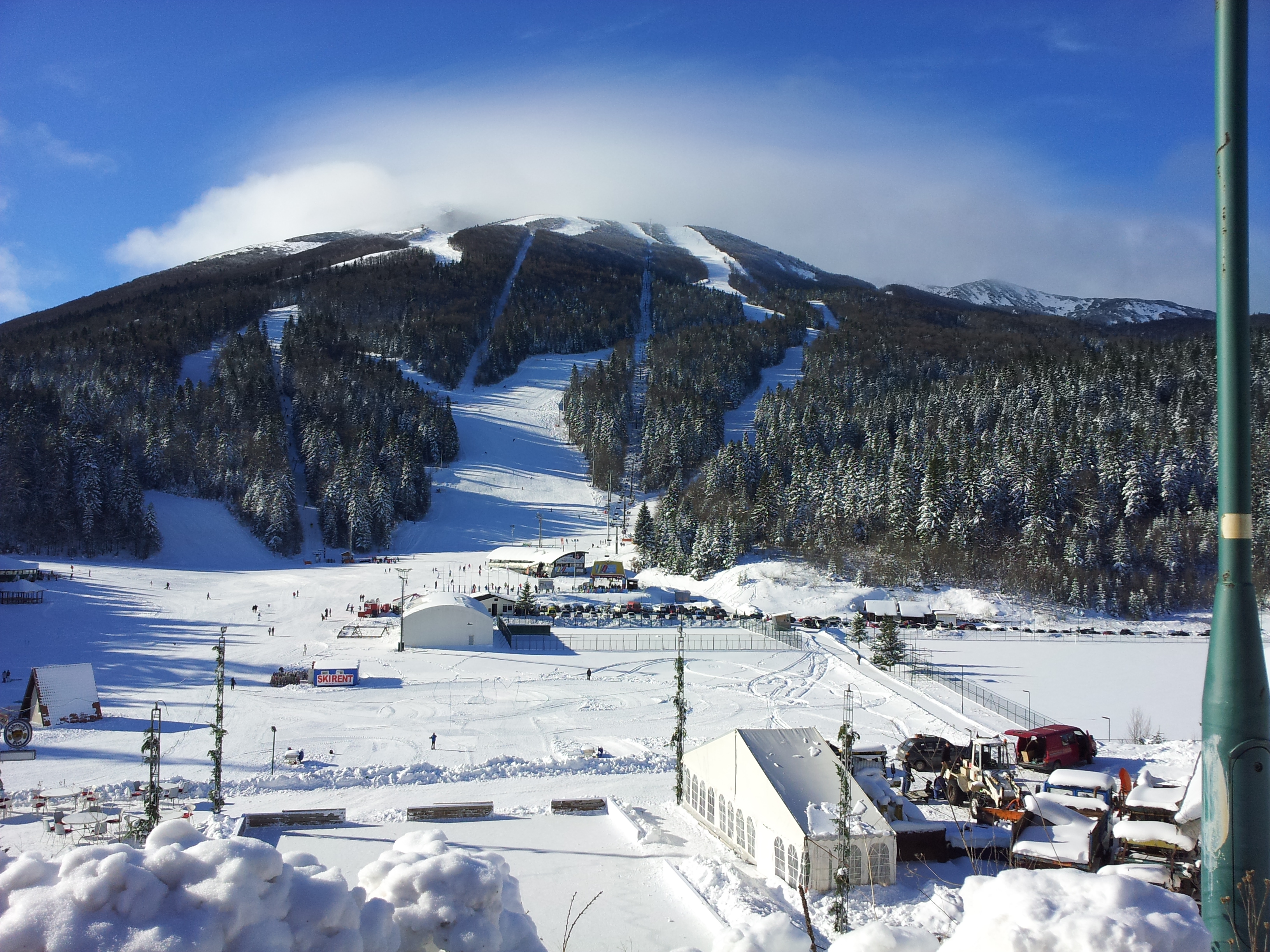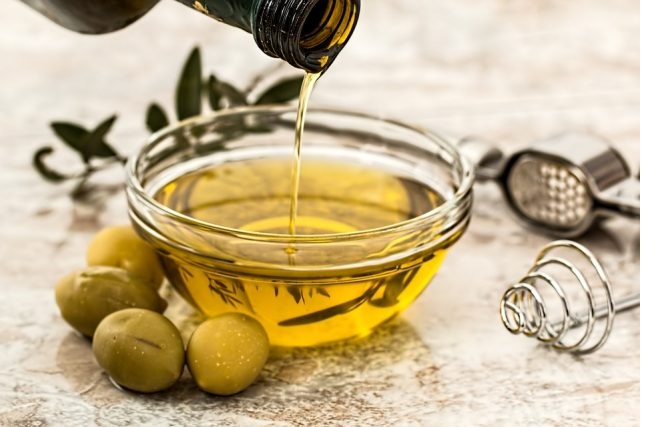
1. Olive Museum Pula (Croatia)- THE FIRST MUSEUM OF OLIVE IN CROATIA: The House of Istrian Olive Oil opened its doors in Pula in 2017! Nearly 500 square meters, in the old city center of Pula, the museum of olive oil “Museum Olei Histriae” – the House of Istrian Olive Oil – is a unique project in Croatia worth 2 million Croatian kuna. As part of the Istrian Olive Oil House, visitors will be able to discover more about olive growing in as many as 12 world languages, and tast then Istrian olive oil, buy their products and take it with them.
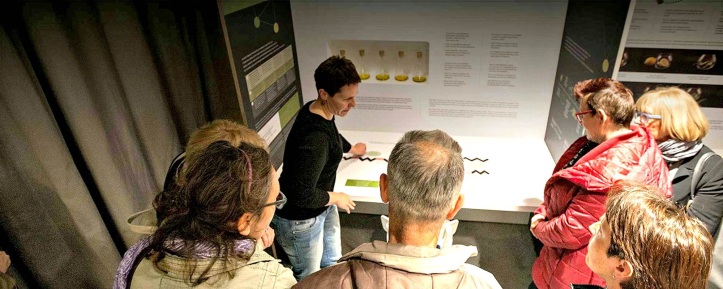

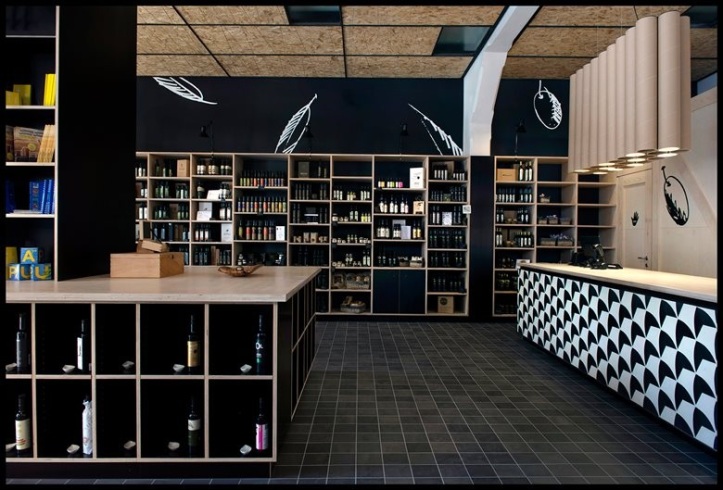
Address: Svetog Teodora Street 1a, 52100, Pula, Croatia
Working hours: Open from 10-20 hrs

Telephone: +385 52 661 235, http://www.pulainfo.hr http://www.croatia-info.com
More about the museum located in Pula in St. Teodora 1a can be found on the website http://www.oleumhistriae.com and on the Facebook page of museum.
2. The traditional village of Panagia (Gr. Παναγία) on Tasos (Greece), Museum of Olive and Olive oil owned by the Sotirelis family-The Panagia Village is located in the northeast of the island of Tasos, east of the Ipsarion mountain range (1204m) at 300m above sea level.From the capital of the island of Limenas, Panagia is 8 kilometers away and the nearest Skala Potamia and the Golden Beach 4 km away. Panagie offers panoramic views of the bay. In this village, according to the 2011 census, there are 802 inhabitants.
The village was named after the church, which is one of the most well-known landmarks in its very place, and is dedicated to the Holy Virgin (in Greek, Παναγία means the Virgin). In its rich history, the village of Panagia was, after the liberation of the Ottoman rule, in 1821 even the estate of the island. The strongest day in the village is the 15th of August when the celebration of the Ascension of the Virgin is celebrated, while the great carnival marks the beginning of the Fasting Post.

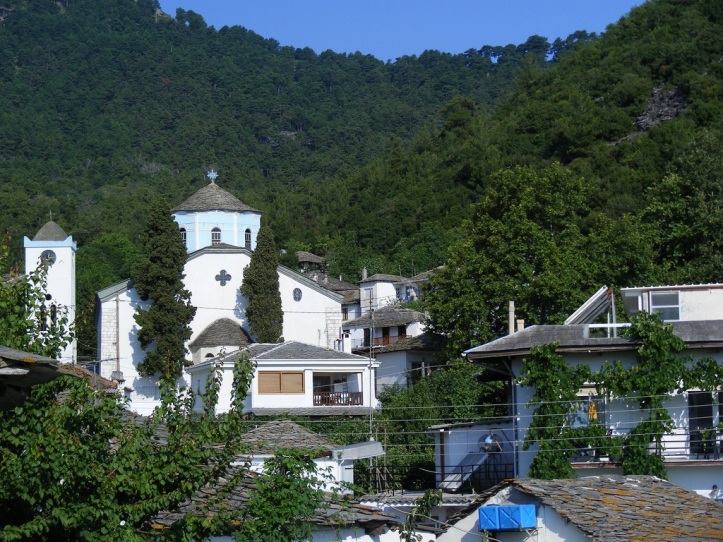
In the very center there are several taverns with quality and delicious food, and amongst the most famous, among other things, a delicious lettuce, are taverns Drosia Platanos and tavern Elena, located in the very center of the village (immediately after the parking on the left side).
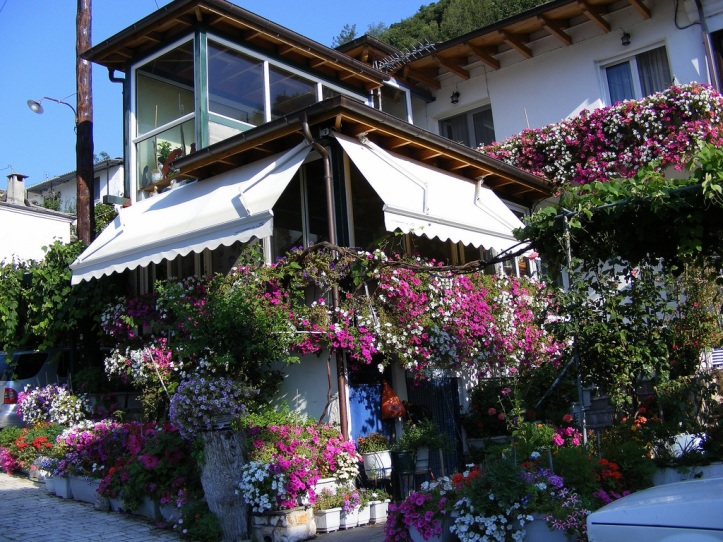
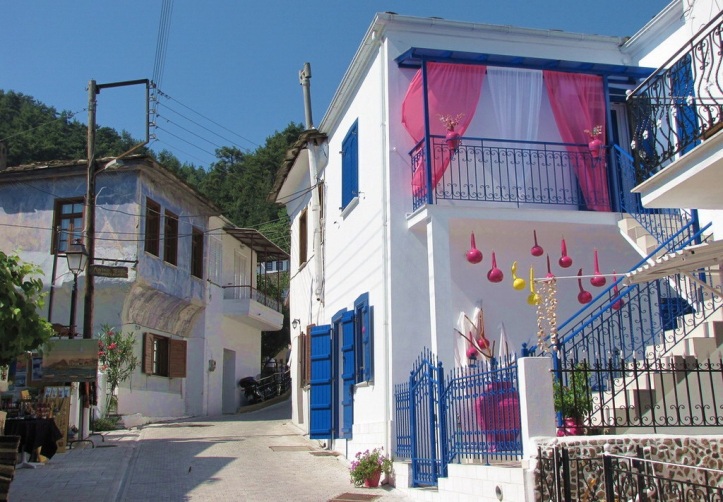
Through the tavern of Drosia Platanos, at the Three Source Square, there is also the most famous confectionery in the village, which is an inevitable haven for fans of delicious Greek cakes.
If you continue on the main road, from the tavern Drosia Platanos, in the direction of Skala Potamia, on the left you will come to the shop of very good olive oil and olive products, as well as the Olive Museum owned by the Sotirelis family, which has been producing olive oil for four generations oils. Friendly hosts will tell you how long ago, in 1915, they produced cold-rolled olive oil while the watermills were used, driven by water with three mountain springs, as the production process is taking place today. http://www.grckainfo.com
The story will include a film in which the olive oil production process will be presented using traditional methods. In the yard of this facility, still can be seen watermelons used in the former production process that are still in operation.
Due to its geographic position, the proximity of one of the longest and most beautiful beaches on the island of Tasos – Golden beach, the fresh mountain air and peace that only “disturb” the bird twinkling and the ringing of the church bell, this village is chosen by some tourists as a place to stay, remained as an inevitable station on their trip to the lavish Tasos.
3. ‘The Museum of Olive Oil in Jezera (Murter Island) is the most serious museum in Croatia’-We invite all interested people who have any items related to olive growing and oil processing and old photos on this subject to come to inbox Facebook page
House Olive Tree Inbox or to mail kucamaslina2018@gmail.com.
Namely, in the Jezera on the island of Murter, in the area of the former fishermen’s co-operative, an olive grove opens which will showcase olive oil culture, production and use of olive oil and tradition-based gastronomy. It has been conceived as a meeting place for people of different interests who attach the sensitivity to olive growing.
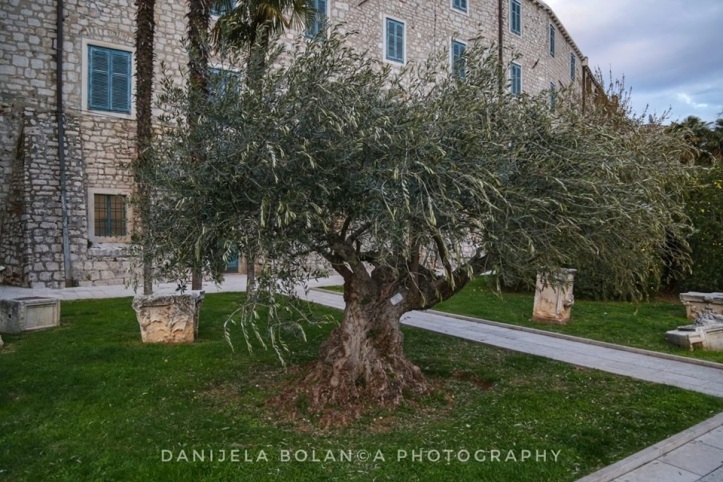
The Olive House will be a complex institution that will be an educational center, a place of exchange and sale of olive and olive oil products, and an unavoidable gastronomic point, a tasting room, and a place where every visitor will be able to find out all about olive growing with a historical and ethnographic view .
By collaborating with cultural and scientific institutions, local development-oriented initiatives and other museums and institutions of similar character, and communicating with olive growers from all over the country, the Olive House will be a hub and generate a high level of activity in the educational, scientific, cultural, social segment.
The objects and / or photographs are listed, processed and restored so that in the museum floor on the floor Houses of the Olive depicts the history of olive growing from antiquity to the present day, the methods of processing and tools that are characteristic of the Murmur region as well as other areas where olive growing is a tradition. It is important to emphasize that each donation will be recorded, it will get its inventory number, and if appropriate, will stand on a wall or a vitrine of a future institution with the name and the name of the donor and the place from which it comes (if he / she wants to).
4. Olive Oil Museum (Brač island, Croatia)-established in 1864
At the beginning of the 20th century, Kruno and Mandica Krstulović rearranged and upgraded the oilfield and bought a new triangle from Trieste – ” Thomas Holt ”, which continued the successful processing of olive oil until 1963. After that year oil mills ceased to work. The reason for this is the emergence of new technologies in the processing process, with which old machines could not compete.
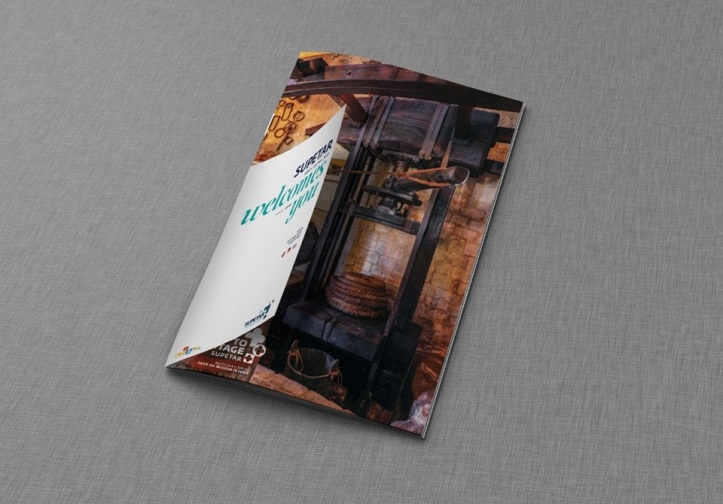
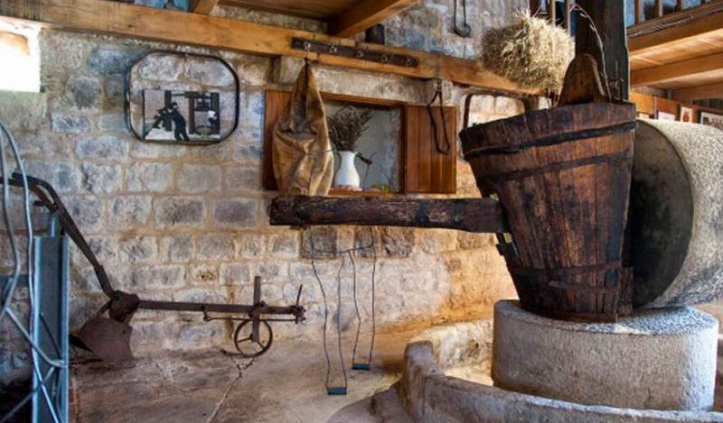
In order to gain a place for the historical significance of old oil mills, and to show the production process in the old days, in July 2013 Kruno Cukrov, Kruno Krstulović’s grandson, renews his family and rebuilds the oil refinery in the Museum of Oil. The museum is open to the public as a historical and cultural monument of olive growing on the island of Brač.
Cukrov family continues family tradition. In its plants, within OPG and with modern machines, the family continues to produce quality olive oil. The quality of this oil is best demonstrated by the fact that oil has already been awarded and won the bronze medal for extra virgin olive oil at the Postira 2014 Oblique.
Today there is an olive oil taster in the museum. If you visit the museum, you can taste and buy top quality olive oil in the tasters.
The museum is very interesting and at least unusual. The island of Brac has become richer with this facility, and the museum itself is a kind of attraction visited by a large number of guests every year.
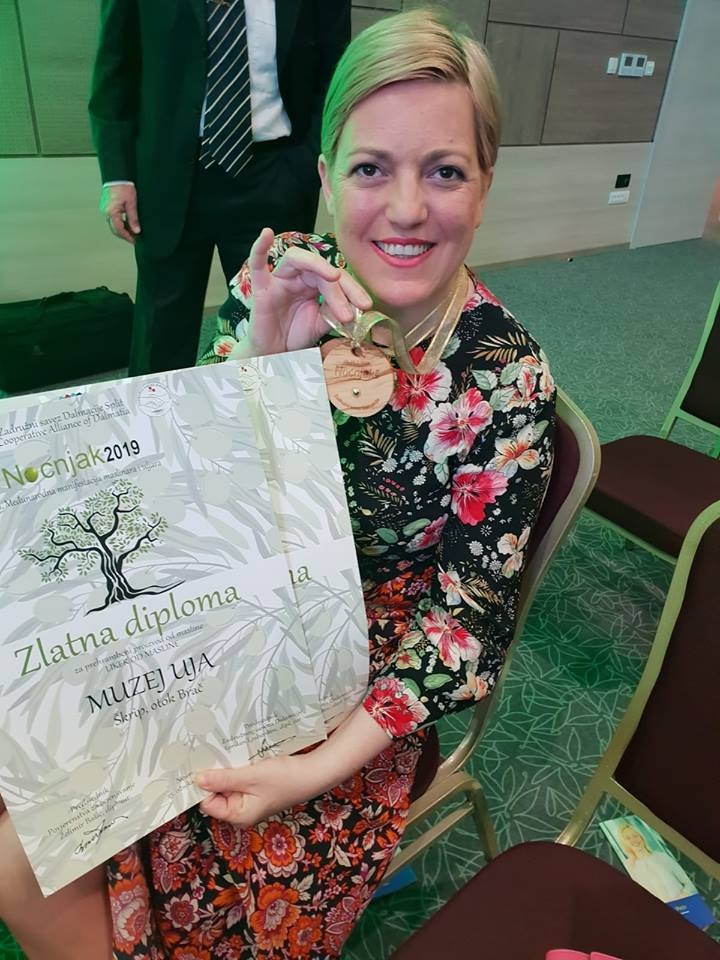
Gold medals for Black olive liquor and designe on #Noćnjak2019(Grand Hotel Neum).
The history of olive growing on the island of Brac is well documented in the Museum as well as the entire traditional process of olive oil processing. The process consists of ears, old-fashioned stoves, hot water stoves and all the traditional tools used for transport, production and storage of olive oil.
The museum is located in Škrrip on the island of Brač. It is only a ten-minute ride away from Supetar or 9 kilometers away. Supetar – Škrip bus to the museum. You have no reason not to visit this museum.
The museum of oil presents the traditional process of olive oil production on the island Brac. The museum of oil exibit olive mill, olive press, spindle for tightening press screw, bags, fireplace for heating the water and all traditional tools for transport, production and storage of olive oil.
The museum of olive oil also shows paintings by academic painter Hana-Marta Jurčević Bulić and sculptures made by mag. sculptor Đani Martinić, presenting workers in the oilery in an interesting way.
The Cukrov family continues the family tradition of producing olive oil as a part of their family business, this time on modern maschines.
In the museum visitors can taste and buy olive oil and other local food products.
Olive Oil Museum Škrip is a member of Culinary Heritage Europe.
Culinary Heritage is a guide of selected producers and eating houses with culinary traditions and regional food. For more information please visit:
http://www.culinary-heritage.com
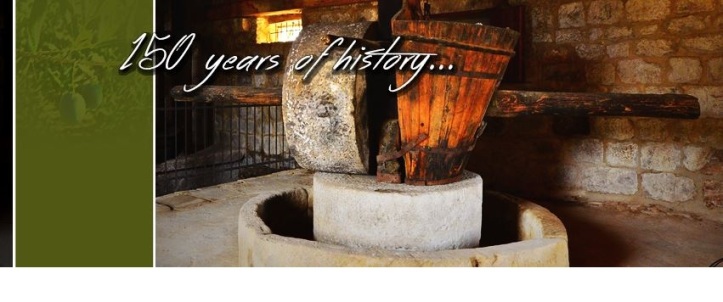
Address: Muzej uja
21410 Škrip, Splitsko-Dalmatinska, Croatia
Telephone: (+385) 95 811 4643
https://www.otok-brac.hr
